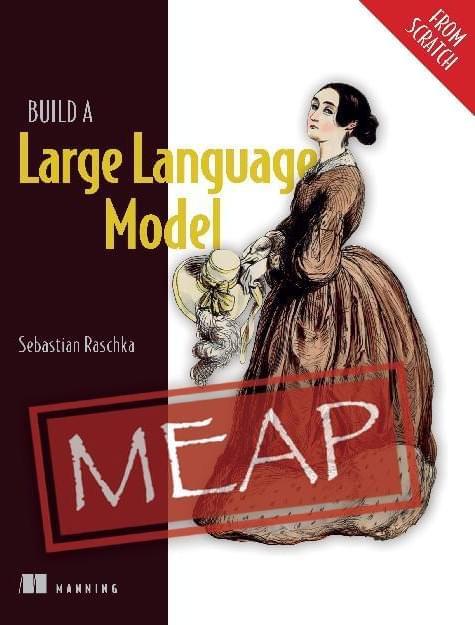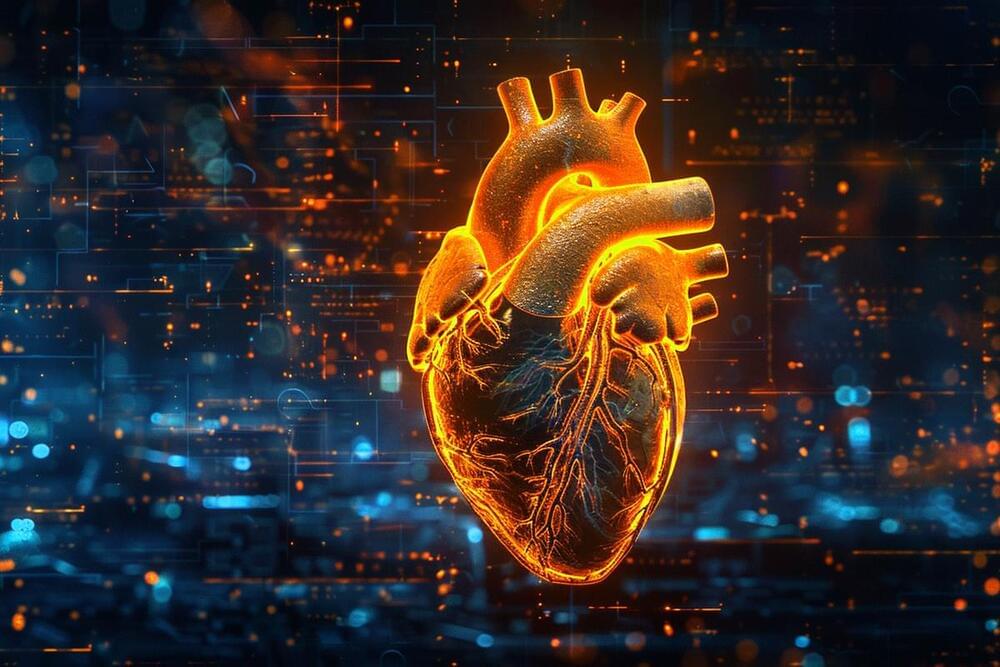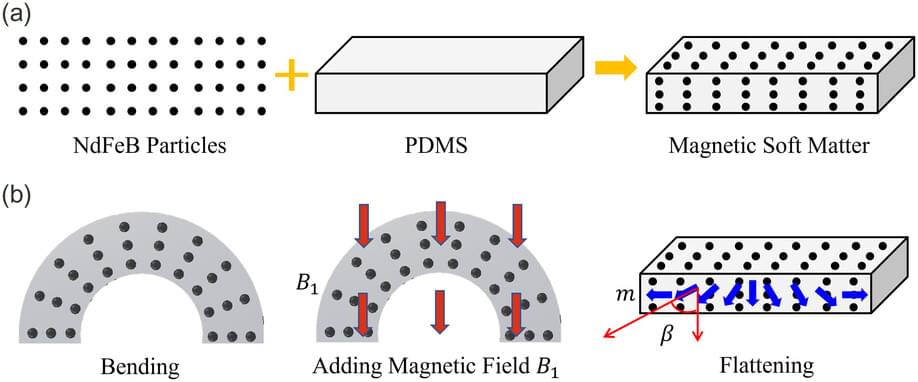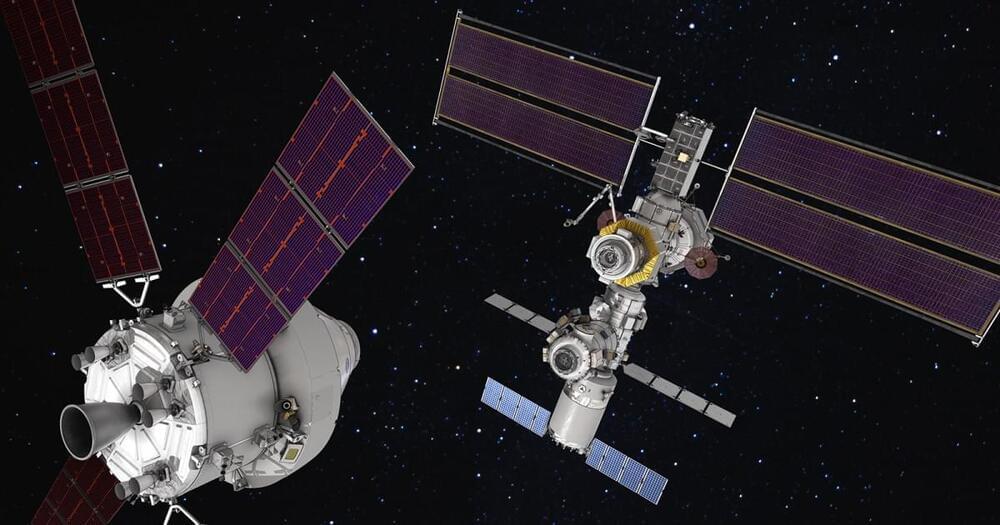V/ Sebastian Raschka.
For weekend reading:
Chapter 6 (Finetuning LLMs for Classification) of Build an LLM from Scratch book is now finally available on the Manning website:
- Introducing different LLM finetuning approaches
- Preparing a dataset for text classification
- Modifying a pretrained LLM for finetuning
- Finetuning an LLM to identify spam messages
- Evaluating the accuracy of a finetuned LLM classifier
- Using a finetuned LLM to classify new data
In previous chapters, we coded the LLM architecture, pretrained it, and learned how to import pretrained weights from an external source, such as OpenAI, into our model. In this chapter, we are reaping the fruits of our labor by finetuning the LLM on a specific target task, such as classifying text, as illustrated in figure 6.1. The concrete example we will examine is classifying text messages as spam or not spam.








